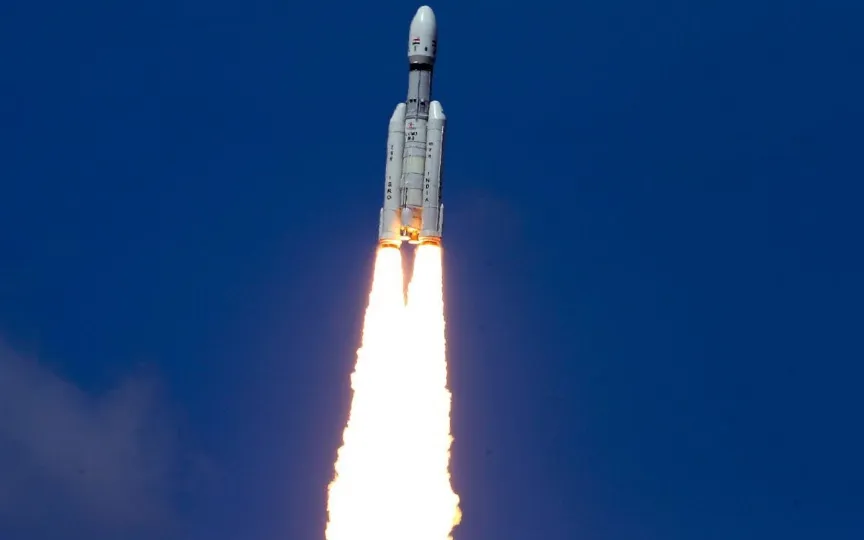Explaining the Technical Aspects of Chandrayaan-3: Throttle Engine, Soft Landing, and More
The Indian Space Research Organization (ISRO) is inching closer to making history as its spacecraft Chandrayaan-3 attempts a soft landing at the Moon’s south pole at around 6:04 pm on Wednesday (today).
The Chandrayaan-3 mission launched from India on July 14 has landed on the surface of the moon. If Chandrayaan-3 successfully lands and deploys the rover, India will become the fourth country to soft land on the Moon after the United States, China and the Soviet Union.
The counter is about 2 meters high and weighs about 1700 kg. It is made to release a smaller 26 kg rover. Chandrayaan-3 consists of a Lander module that includes a lander (Vikram) and a rover (Pragya). As your spacecraft approaches landing, here’s a list of technical terms you should know.
Rover: Pragyan (rover), which means “wisdom” in Sanskrit, is the name of the robotic vehicle driving the Lander. The six-wheeled vehicle is equipped with instruments and payloads that can provide information about the lunar surface.
Lander: A spacecraft that lands on the surface of a planet or moon.
Gas engine: Chandrayaan-3’s gas engine can adjust its power, which helps it move precisely and land smoothly on the Moon. With the help of the throttle, the thrust of the engine can be changed as needed for different tasks during the mission.
Soft Landing: This occurs when the spacecraft gently lands on the surface, making sure to gently touch down. This is critical for safe human missions and post-landing scientific testing.
Hard Landing: This means a faster and less controlled landing that often causes damage to the spacecraft.
Lunar dust: Small, coarse particles from the lunar surface that can cause problems during a soft landing. This dust is kicked up by the spacecraft’s engines, making it hard to see and sometimes obscuring the environment.
Deboosting: A move to slow down and change the path of a spacecraft.
Perilune and Apolune: These are the points on the orbit – one is the closest point to the moon and the other is the farthest.
Speed Adjustment: Make sure the spaceship’s speed is just right when switching from horizontal motion to vertical motion.
The spacecraft has eight payloads, one of which is from the American NASA. These payloads collect information about the elements of the Moon’s atmosphere and transmit data to the lander and lander, who in turn communicate with ISRO scientists.




